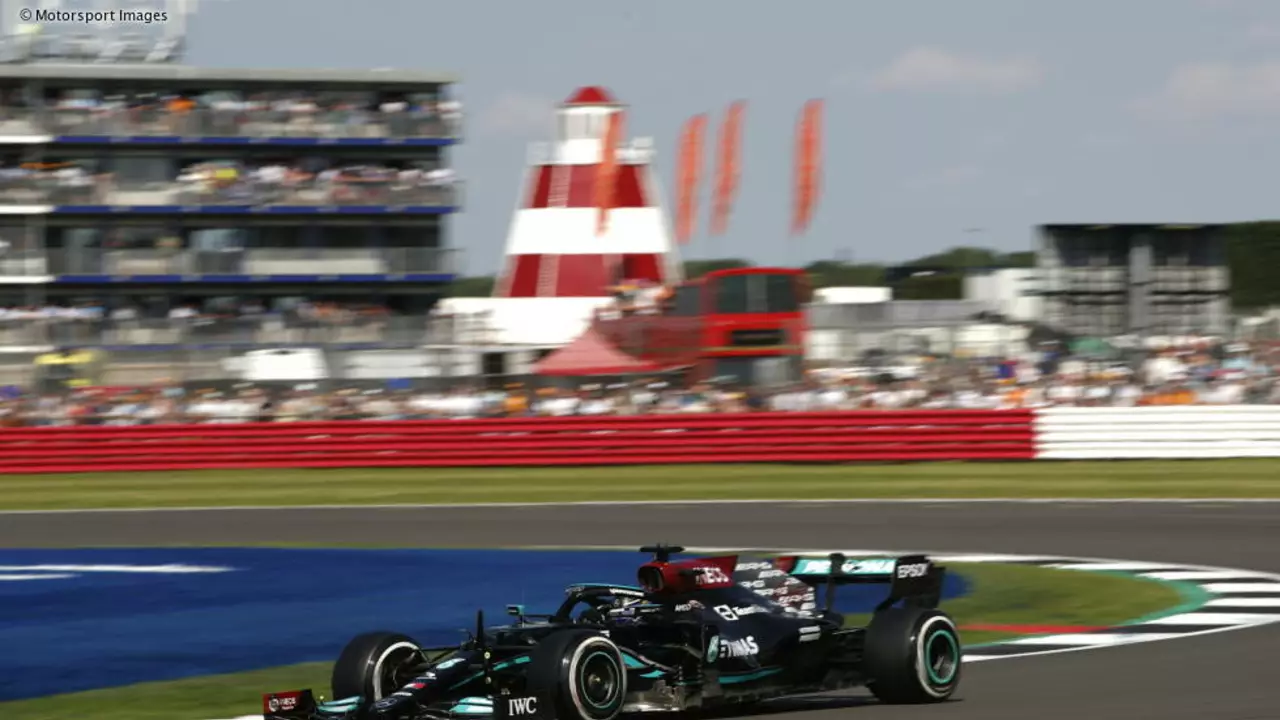Formula 1 Basics: What Makes a Car Fast and How to Upgrade It
If you’re curious about why Formula 1 cars zip around the track like rockets, the answer boils down to three things: light weight, low height, and clever aerodynamics. These three factors work together to give the cars incredible speed, cornering grip, and stability. Understanding them helps you pick the right parts, whether you’re building a track car or just want to know what makes the sport so exciting.
Why weight matters in F1
A typical Formula 1 car weighs about 1,600 pounds, nearly half the mass of a NASCAR stock car. Less weight means the engine can pull the car harder and the brakes can stop it quicker. That’s why teams spend millions on carbon‑fiber monocoques and titanium fasteners – every gram saved translates into faster lap times.
When you’re looking for upgrades, focus on components that shave off weight without sacrificing strength. Lightweight brake rotors, magnesium alloy wheels, and high‑tech composite body panels are common choices. Even swapping to a lighter fuel tank can shave a few kilos, which adds up over a race distance.
Aerodynamics and low height
Formula 1 cars sit low to the ground. A low ride height lowers the centre of gravity, improving handling and reducing the chance of the car tipping in fast corners. But the real magic happens under the skin – the wings, diffuser, and under‑floor generate downforce that pushes the car onto the track.
For a street‑legal build, you can mimic this by adding a front splitter, rear wing, and a ground‑effect rear diffuser. These parts manage airflow, increase grip, and give your car a more aggressive look. Just remember that more downforce usually means more drag, so you’ll need to balance the two based on where you drive.
Another practical tip is to keep the car’s surface clean and smooth. Rough or dirty surfaces disrupt airflow, reducing downforce and increasing drag. A quick wash and regular inspection of the bodywork keep the aerodynamics humming.
In short, the secret sauce of Formula 1 is a lightweight chassis, low profile, and finely tuned aerodynamics. By choosing parts that target these areas, you can boost performance on any track. Whether you’re a hobbyist building a kit car or a die‑hard fan wanting to understand the sport, focusing on weight, height, and airflow will always put you a step ahead.

What are the most important racing events in Formula 1?
Hey there, speed demons! Get ready to buckle up because we're about to zoom through the key races in the world of Formula 1 - it's like a rollercoaster ride, but with more tire squeals and less cotton candy! First up, we have the Monaco Grand Prix, the jewel in the crown, where drivers navigate through narrow streets and tight corners. Then there's the British Grand Prix at Silverstone, it’s like the Beatles of races - classic, iconic, and everyone's got a favorite moment. Lastly, we can't forget the Italian Grand Prix in Monza, the speed king of the calendar, where engines roar louder than my stomach before lunch. So, there you have it, the races that make every F1 season a thrilling joyride!
As an Indian how can I join in a formula 1 racing team?
Formula 1 racing is one of the most prestigious and competitive racing disciplines in the world. This article provides advice for Indians who are interested in joining a Formula 1 racing team. The first step is to pursue a career in motorsport by studying the relevant engineering and technical skills. It is also important to have an extensive knowledge of the sport, its rules, regulations and history. Additionally, potential team members should gain experience in the lower levels of motorsport, such as kart racing, Formula 3 or Formula 2. Finally, it is essential to establish contacts with team owners and sponsors, as well as demonstrate a passion for the sport and a strong work ethic.
-
8.02.23 -
Caden Lockhart -
0
- Sports (5)
- Entertainment (4)
- Sports & Recreation (3)
- Motorsport (2)
- Automotive Racing (1)
- Free Computer Games (1)
- Drag Racing Tips and Strategies (1)
- Biography Websites (1)
- Gaming and Racing Simulation (1)
- Automotive & Racing (1)
-
DeRozan’s Perfect Free Throws Lift Kings Past Collapsing Timberwolves 117-112 in OT
26 Nov 2025 -
Rain Showers Return This Week: What to Expect and How to Prepare
23 Sep 2025 -
Aroldis Chapman's PitchCom Revival Powers Red Sox Bullpen
1 Oct 2025 -
Is there a racing game where you can make your own track?
5 May 2023 -
Can virtual racing replace real racing one day?
5 Feb 2023
3.08.23
Caden Lockhart
0